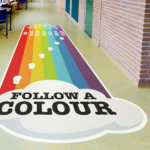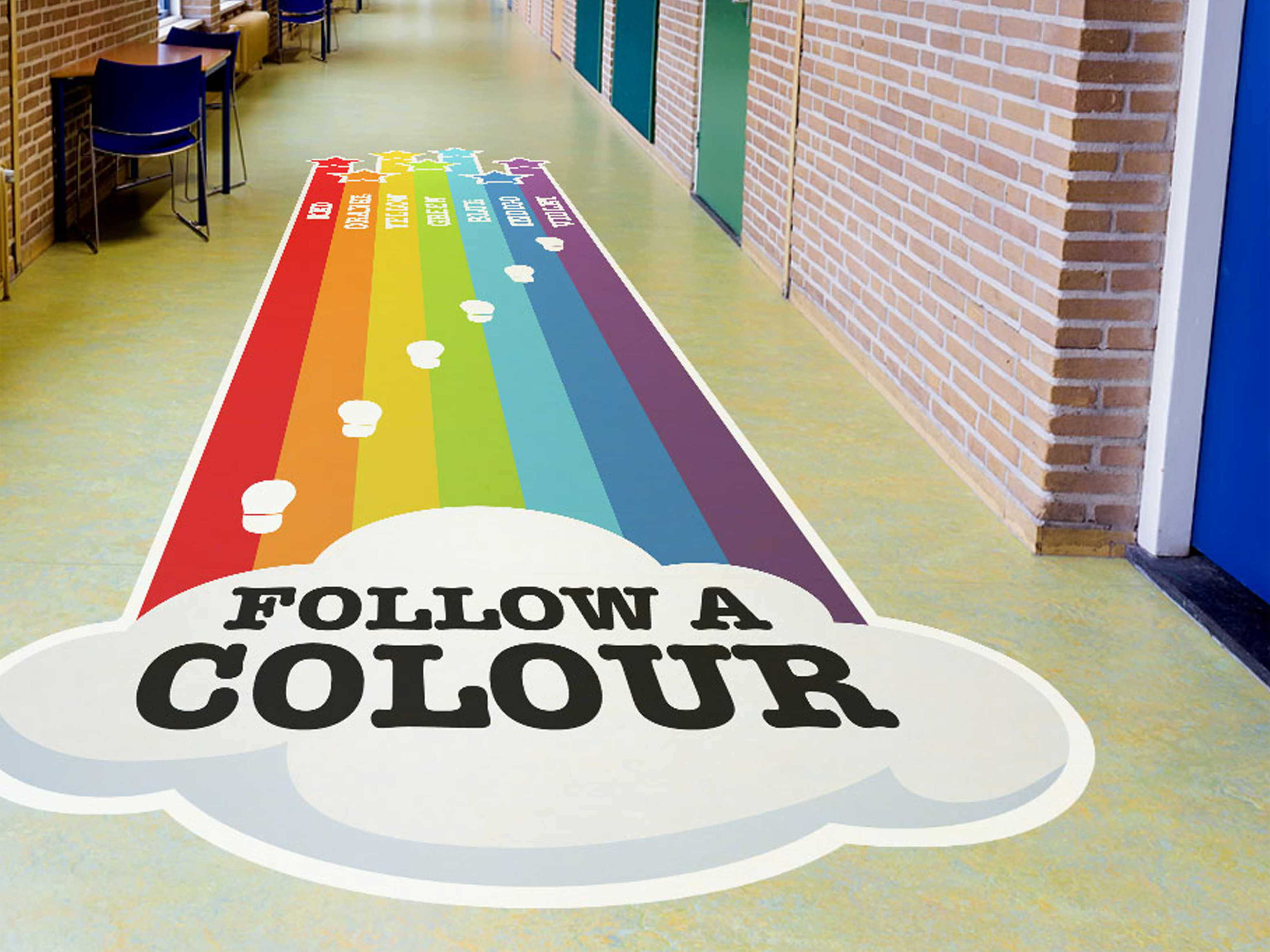The Significance of Signage: Enhancing Communication in Office and Retail Spaces
Introduction:
Signage is crucial in communicating messages and information effectively within office and retail spaces. Whether guiding visitors through a corporate building, identifying office areas, or promoting products in a retail store, well-designed signage is essential for efficient navigation and overall communication. In this blog post, we will explore the significance of office signage, door signage, and floor stickers and how they improve communication in these environments.
How Signage Can Enhance Communication and Wayfinding
1. Office Signage: Directing and Informing:
Office signage is vital for guiding employees, clients, and visitors within a corporate setting. Clear and well-placed signs can help individuals find their way and locate specific departments, meeting rooms, restrooms, and other essential areas. By providing visual cues, office signage minimizes confusion, saves time, and ensures smooth movement throughout the premises. It also contributes to a professional and organized atmosphere that reflects positively on the company’s image.
2. Office Door Signage: Personalizing Spaces and Identifying Occupants:
Office door signage serves a dual purpose: personalizing individual spaces and providing identification. Employees can quickly locate their colleagues and interact more efficiently by displaying names and job titles on office doors. This improves internal communication and fosters a sense of community and collaboration within the workplace. Additionally, door signage can be customized with specific messages, such as “Do Not Disturb” or “Meeting in Progress,” promoting productivity and minimizing interruptions.
3. Floor Stickers: Engaging and Navigating in Retail Spaces:
In the retail industry, floor stickers are popular as practical communication tools. These eye-catching decals can be strategically placed to guide customers, highlight promotional areas, or direct foot traffic flow. Floor stickers can also be used to communicate important messages, such as social distancing guidelines, safety precautions, or upcoming events. By combining creative design with functional utility, floor stickers enhance customer experience, increase brand visibility, and contribute to a visually appealing retail environment.
4. Consistency and Branding:
Consistency in signage design and branding is crucial for effective communication. By incorporating consistent design elements, colours, fonts, and logos across various types of signage, businesses can reinforce their brand identity and create a cohesive visual experience for employees and customers alike. This consistency not only enhances recognition but also fosters a sense of trust and professionalism.
5. Accessibility and Inclusivity:
Signage should be designed with accessibility and inclusivity in mind. Clear and legible fonts, appropriate colour contrasts, and universal symbols enable individuals with visual impairments or language barriers to understand and navigate their surroundings. Additionally, incorporating braille signage or tactile elements can improve accessibility and ensure everyone can benefit from the information provided.
Conclusion:
The significance of signage in office and retail spaces must be balanced. Office signage, door signage, and floor stickers are potent tools for enhancing communication, improving navigation, and creating a positive user experience. By investing in well-designed and strategically placed signage, businesses can effectively convey messages, reinforce branding, and ultimately create an environment that is accessible, efficient, and engaging for employees and customers alike.










